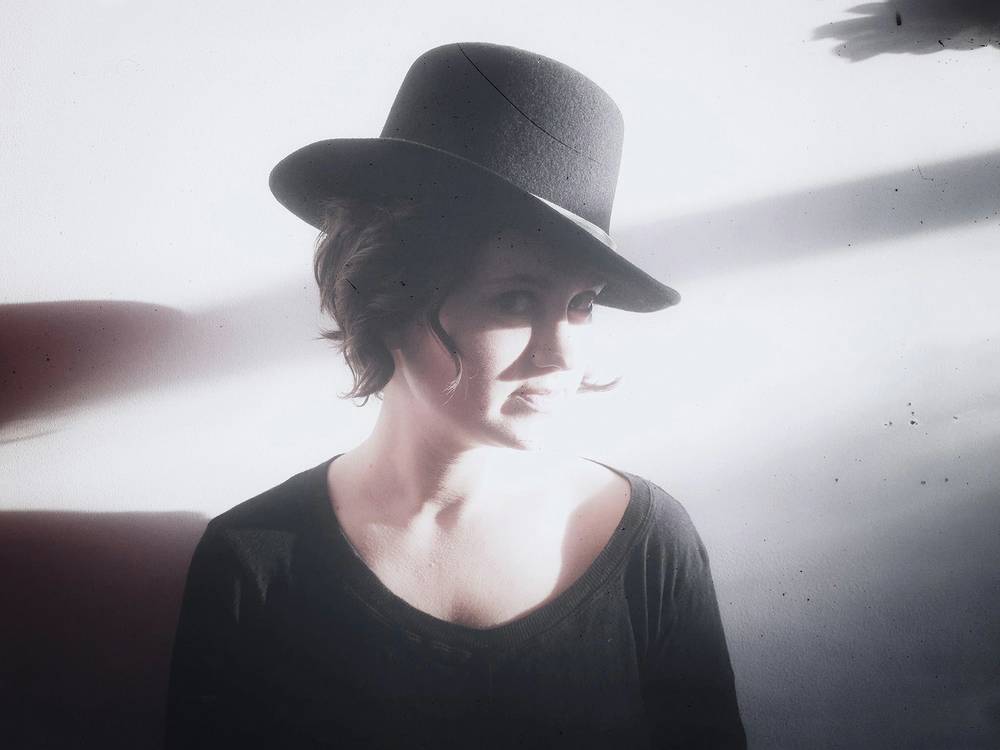Ryan Elisabeth Reid was celebrating her graduation from the New School last year when her theater company received a favorable New York Times write-up for its presentation of One Day in the Life of Henri Shnuffle, a rare feat for a first-time playwright and director fresh out of college.
The play, written to address aging issues and dementia, brought audiences into the world of an elderly man whose daily tasks became laborious endeavors.
Now Reid, a 23-year-old native Nevadan (daughter of former Clark County Commissioner Rory Reid and granddaughter of Senate Majority Leader Harry Reid) is preparing to bring her second play, Henri, to Las Vegas in October for 12 performances at the Smith Center’s Troesh Studio Theater.
We spoke with Reid, who lives in Brooklyn, New York, about her Sprat Theatre Company, her advocacy for the elderly and her two plays.
Why this subject? In college, I was doing field research and design work for elderly people. I was making maps of subways that are wheelchair accessible for elderly people. I was also following them around and trying to understand the different problems they encountered. Then my mom’s father was diagnosed with Alzheimer’s disease.
What did you see in your field research? I noticed the way that elderly were treated. They’re often ignored or pushed aside or just moving too slow for the world to notice.
How did you create Henri? He’s a composite of different older people who I’ve encountered. I started taking accordion lessons with a 73-year-old German man who owns a music shop on the Lower East Side. He has a lot of interesting views and ways of talking about art. I also studied abroad for a semester in Paris and stayed with an elderly couple. His name was Henri.
How would you sum up the first play? It followed an elderly man named Henri Shnuffle for a day in his life. The audience sat around a room that was decorated to be a studio apartment and watched him live out his day. Incorporated throughout the play were flashbacks of different memories of his life. You were very close to him. It was very intimate. I really wanted New Yorkers to slow down and be on the pace of an older person.
It’s a coup for a first play to get reviewed in the New York Times. How did you manage that? We put out a press release and it went to the New York Times. This specific critic only reviews shows with social activism. I thought nothing would come out of it.
How is your second play different? It’s also about an aging man with Alzheimer’s, but it’s structured differently in that it’s not presenting one day in his life. It’s presenting various moments from his life, a larger picture of his life. The same lead actor will play Henri. It opens on him in a nursing home. I still want it to be intimate, but it can’t be as intimate as before. I didn’t think the same show could be successful with a large audience of 60 to 80 people. You lose some of the tension.
What inspired the second play? I started volunteering in the Dementia Unit at Isabella Geriatric Center, working more hands-on with people who have dementia and Alzheimer’s. It’s changed the way I think about Alzheimer’s and how I want to tell a story about Alzheimer’s.
In what way? Spending time with these people made me understand them more as individuals and become more interested in telling an individual story within a larger problem. And that the existence is not that bad for them, which probably sounds crazy because they have a very horrible illness, but they live and function in a very beautiful and complex way.
I’ve also learned about what happens in geriatric centers and nursing homes. There is just so much need. They’re just so much wanting interaction with people.
How did you make the Smith Center connection? Myron Martin read the review. He knew of me because we had met several times at Tim Bavington’s studio, where I was an assistant. Tim built the sculpture for Symphony Park, and Myron would come by the studio to see progress models, and so he recognized my name. He was in New York for the Tony’s, asked to meet with me and said, “This has to come to Las Vegas.”
How important is it to be presented here? I grew up here. My mother’s father was diagnosed at the [Lou Ruvo] Center for Brain Health, and it’s a performance of Alzheimer’s on the same plot of land as the center. After each play there will be panel of five to six people presenting a lot of different perspectives, and hopefully it will create a discussion.
Do you plan to continue with this mission? Sprat [Theatre Company] is very much my baby. We’re applying to be a 501c3 nonprofit. My goal is to keep telling stories of people who can’t advocate for themselves. I think activism through art is the best way. After the last show, I would go out and talk and people always wanted to know more. With Henri, we’d love to bring it back to New York.
You have a famous last name. How is that for you? I really admire my grandfather and father for the civil service that they do, and I want to help communities I love also, but in my own way in art and activism. I hope people can recognize me as a separate person with different ideas, goals and interests.





